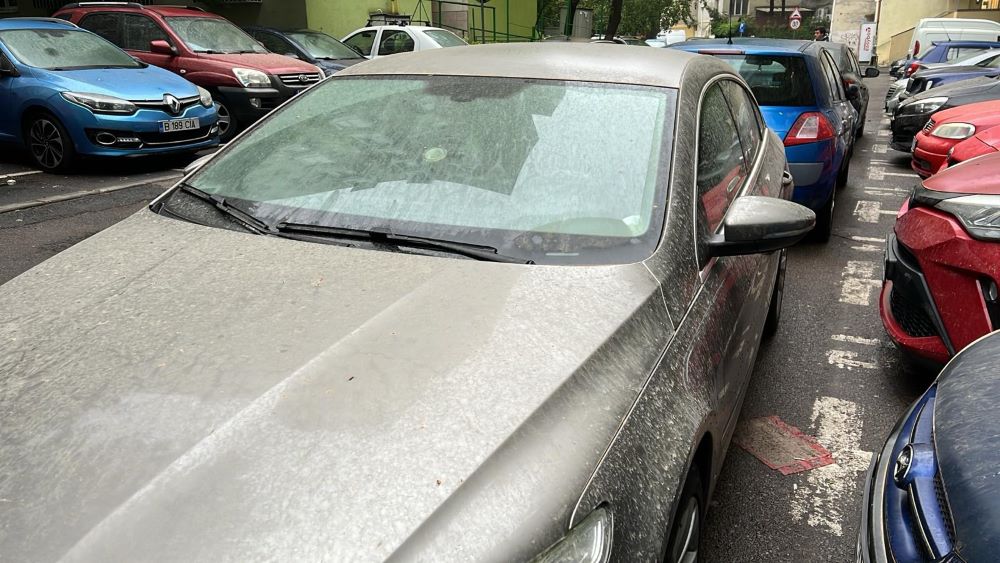A new wave of dust of Saharan origin has reached Romania this morning, covering the cars with a reddish layer. “On Wednesday afternoon, the air mass loaded with Saharan dust particles will move to the northeast and away from the country,” said the National Meteorology Administration (ANM). “Between April 23, 9 a.m. and April 24, 1
The post Romania Hit by Intense Saharan Dust Wave appeared first on The Romania Journal.
A new wave of dust of Saharan origin has reached Romania this morning, covering the cars with a reddish layer. “On Wednesday afternoon, the air mass loaded with Saharan dust particles will move to the northeast and away from the country,” said the National Meteorology Administration (ANM).
“Between April 23, 9 a.m. and April 24, 1 p.m., air circulation, predominantly south-westerly, will favor the advance from the north of Africa of an air mass loaded with dust particles of Saharan origin, towards the south-east of Europe. This air mass will be over Romania on Tuesday (April 23) and in the first part of Wednesday (April 24), and dust deposits can be observed in the areas and intervals in which it will rain. On Wednesday afternoon, the air mass laden with Saharan dust particles will move northeast and away from the country,” ANM added.
Copernicus explains frequency of repeated Saharan dust waves
According to Copernicus service, the intensity and frequency of the Saharan dust episodes in recent years could be related to changes in atmospheric circulation patterns.
A recent preprint publication authored by a group of Spanish researchers detected a sharp increase of Saharan dust intrusions over the Western Mediterranean and Euro-Atlantic in February-March 2020–2022, noting that some of them “displayed a duration never recorded before” and were considered “exceptional by several international operational and research institutions”.
The analysis shows a clear increase in dust concentrations and maximum altitude during the 2022-2022 winters compared to the previous years (2003-2019) while acknowledging a high variability.
The post Romania Hit by Intense Saharan Dust Wave appeared first on The Romania Journal.

